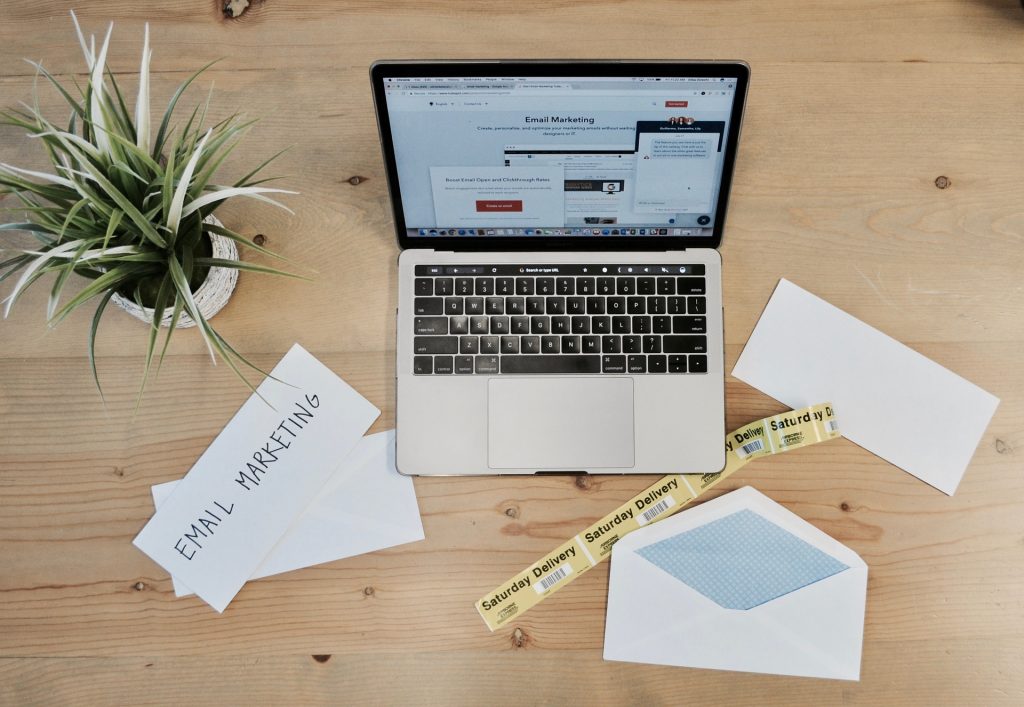
5 tips for engaging your email subscribers
Email marketing is an important aspect of your marketing strategy and while we can focus on numbers and metrics to show our success with email campaigns, I think we also need to focus on the most important part: an engaged subscriber list!
It doesn’t matter how many users you have on your list if they’re not engaged with your content!
Engaged users are the key to profitable email marketing campaigns as they’re invested in your content and more likely to convert.
But, how do you make sure you engage your email subscribers? Let’s review five ways to ensure each and every email subscriber wants your emails, reads your emails, and takes action on your emails.
How to engage email subscribers

1. Never buy lists
Do not buy lists for email subscriptions. I don’t care how tempting the sales person makes it seem and how they promise these people are beyond perfect for your campaigns. They’re not. These people do not want your emails.
Buying lists is a horrible, outdated practice. You’ll ruin your reputation, increase spam reports, see no conversions, and can ultimately be blocked from sending emails in the future.
2. Opt-in
Instead of buying lists, grow your lists organically with opt-ins. Don’t be sneaky about getting subscribers, tell them what they’re signing up for, like promotional emails, newsletters, etc., and get their permission to send stuff to their inbox.
You can create a landing page specific to your sign-up form, have a pop-up, or have a checkbox on a thank you page. Another common way to get people to opt in is to gate content like ebooks or online courses and they need to give you an email address to access your content.
Be sure to share your subscription form and make it easy to link to when you share it on social media, at the end of blogs, or even opt people in at events when you scan attendee badges.
3. Collect the right information
By collecting the right data up front, you can create tailored emails for your subscribers. What type of data you want to collect might vary, but let’s say you run a retail business.
You should be asking for:
- Name
- Email address
- Gender
- Birthday
You’ll want their name to personalize the email, their email address is definitely a required piece of information, their gender can help you know what type of content to send them (men’s vs. women’s), and their birthday if you offer extra discounts or special offers during their birthday month.
Now, you don’t want to overwhelm potential subscribers with the number of form fields they have to fill out. Don’t worry. Collect the basics and then you can invite them to update their profile or preferences after they get their confirmation email. Try to keep the form fields to one to three options if possible.
Lately I’ve been getting emails from DSW promoting kids’ shoes. Great. I don’t have kids. I have absolutely zero interest in kids’ shoes, which tells me DSW isn’t regularly monitoring their emails to see that I delete them as soon as they hit my inbox, but I sure do open them when they talk about women’s athletic shoes or sandals.
4. Remove inactive emails
You’ll need to regularly clean your list and remove anyone who isn’t engaging, or at least suppress them for the time being. If emails are bouncing, those can be deleted as either the email address isn’t real, has been deleted, or is so old it has no space for new emails.
When looking at engagement for inactive emails, look at:
- Open rate
- Click-through rate
- Conversion rate
- Time metrics or areas of interest
Before deleting people, try a re-engagement campaign first. You can even be upfront about what this campaign is for, saying something like: We don’t want to lose you!
Give them an opportunity to re-engage before removing or suppressing them. Inactive emails can bring down your campaign’s metrics and you really want to focus your efforts on customers who engage and can or will take action.
5. Engaging content
The easiest way to make sure your emails keep your subscribers engaged is by sharing engaging content! Send them your top-performing blogs, how-to videos, customer support information, social media contests, and even special promotions they need to take advantage of.
Another option is to add retargeting or abandoned cart emails so users are enticed to come back to the site to complete their conversion or purchase. These emails do perform better with a discount or special offer attached, but aren’t always necessary. Just remind them of the benefits of their potential purchase and encourage them to return to the site.
How do you keep email subscribers engaged with your marketing efforts? Share your tips and tricks in the comments below!




